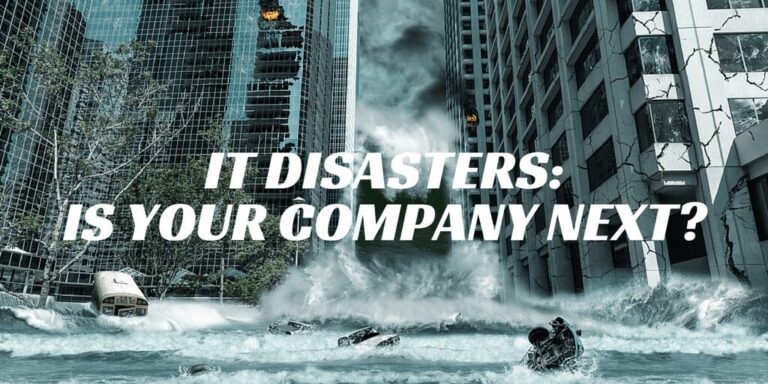Over the last 15 years, there have been thousands of IT disasters that we have read or heard about. A few that come to mind are:
- 2008 the Census Bureau attempts to go paperless by using handhelds. The project failed -paper was used and the cost was in the millions.
- Also in 2008, American La France builder of firetrucks in the US rushed an ERP implementation of new software and ended up filing bankruptcy.
- Heartland Payment System was hacked in 2009 compromising hundreds of millions of credit card accounts.
- 2013 saw Target have their own issues with hackers that exposed data and credit card information that cost them millions as well.
- Sony had problems with hackers in 2014 that cost them millions and exposed thousands of emails and other information that was not meant for public view.
We could go on and on listing hundreds of well-known publicized IT failures and disasters that have occurred since the year 2000 rolled in. (Of course, who can forget the great Y2K debacle that cost private businesses millions of dollars?)
How do these disasters affect the small to mid-size business owner?

It seems like there should be some official warning that really bad things can occur if you do not plan and execute IT projects correctly, or make sure that your business data and computer systems are locked down and safe from the gremlins at your door.
The problem is that we do not hear about the thousands of small to mid-size companies that have been severely crippled or put completely out of business due to poorly protected company data, failed software or hardware projects, or improperly configured computer systems.
The causes of these crippling issues that result in businesses to lose their-hard earned profits, and in many cases have to close their doors, are many:
- Inadequate business disaster planning
- Ineffective data backup or business continuity systems
- Poorly configured firewall devices (or the lack of any firewall at all)
- User errors
- Lack of adequate anti-virus anti-spam software
- Server crashes due to age or defective parts
- Inability of your “computer guy” to be proactive or responsive about the companies computer network and is constantly putting out fires
- Lack of knowledge
- Lack of proper website security
That’s just the short list. There are many other potential disasters that can happen to small or mid-sized businesses that can be very costly if you don’t have a recovery plan in place.
One of the biggest and most important questions that we ask our customer’s is this:
“If you had a computer system crash how long can you afford to be down before it begins to cost you money?”
And the next question is:
“[inlinetweet prefix=”” tweeter=”” suffix=””]Do you know how long your business would be down and how much it will cost?[/inlinetweet]”
If you don’t have a disaster recovery plan then it can become quite costly. You can use our handy disaster recovery calculator to help you estimate the costs.
In the long run, the cost for properly implemented IT service plans is much less than the alternative.
We help our customers by putting actual numbers to these questions and then assisting them in devising plans to mitigate the problems that can occur. Get in touch with us to see how we can help your business stay safe from downtime, disasters, and to maintain your business so you can run it smoothly. hosting information .

